Usually, their baked goods are loosely encased in a clear plastic pouch with steam that’s built up inside. (clear indicator for me to choose the freshest bun). If you didn’t read the label properly, you could easily mix up the pastry you choose. The buns vary from chicken curry, beef curry, ham and swiss and bbq pork ( to name a few). My go to is always the BBQ Pork bun. “Maybe I’ll grab 2 for the car ride home and 2 more for home. It’s better than munching on McDonald’s” is how I reason with myself to buy these delicious soft eats. When I decided to make these from scratch, my sister and her hubby couldn’t get enough of these. My sister even commented on the amount of filling I added (compared to the 1:2 meat to dough ratio from a store bought bun or the ones you order at restaurants). The biggest factor for this recipe is time (to let the dough rise). Prep work is fairly easy and the end-result is worth the wait.
*Good To Know*
- Room Temperature dairy ingredients. This seems like an unnecessary step but makes a big difference when utilizing dairy at room temperature vs. cold from the fridge. The reason for this is when mixing ingredients at room temperature the dough will mix/blend better together more easily for a smoother batter or dough without clumping. Plan ahead and leave ingredients on your counter overnight or at least 30 minutes to 1 hour ahead
- Sifting Flour – is this necessary, you might wonder? Honest answer, it’s not. Commercial flour is refined enough that you don’t need to do this. I don’t always sift my flour depending on the recipe I’m working on. However, it does help break up any lumps, filter ‘dirt’ (like leftover husks or seeds that may not have been refined) and aerates the flour, helping along the mixing process of the rest of the ingredients
- Instant yeast vs. Active dry yeast – What’s the difference? Instant yeast (aka. rapid rise or quick rise) does not need to be dissolved in water and can be mixed right into your dry ingredients (usually smaller in granules too). Active dry yeast does need to be dissolved in water first (with added sugar to help ‘feed’ the living organism to activate the yeast)
- BBQ Pork You can buy BBQ Pork from any Asian grocery store. (Usually found near the hot food items). Note, BBQ Pork is the sweet sticky pork tenderloin that is usually red in colour (also known as Char Siu Pork). Not to be confused with roasted pork, which is the pork belly cut that has the crispy pork skin on top. If you want to make char siu bbq pork from scratch to use for this bbq pork bun recipe, you can find the recipe here.
Making the dough
Starting out with the dough, the most important thing to remember is to knead it very well. The longer you knead, the more gluten is developed. Why is this important? Gluten is what helps dough become stretchy and more malleable. However, be careful not to knead longer than the recommended time as that can result in a dry bun once baked. The goal is to have a dough that is not too sticky and not too dry. A great way to test this is to press your finger into the dough, if it doesn’t stick and the indent bounces back, your dough is ready for proofing.
Lastly, the reason we need to knead the dough in between rises before we shape our bun is so that the yeast gets distributed more evenly so that during our second rise and bake time, the buns are beautifully poofy and have that soft delicious flavour you get with home made bread fresh out of the oven!
Making the filling
When it comes to the filling, you can practically use any filling you wish. The bun is neutral in flavour, so adding curry beef or chicken, teriyaki beef or even a sweet filling is entirely up to you. Just remember that when preparing your filling, you don’t want it to be too runny, so make sure to always incorporate the cornstarch slurry to thicken it (or a thickening agent of your choice).
BBQ Pork Bun
Ingredients
Dough
- 4 cups bread flour, sifted
- 1 cup cake flour, sifted
- ⅓ cup sugar
- 2¼ teaspoon quick rise or instant yeast, (1 pack)
- 2 tablespoons instant skim milk powder
- 1½ teaspoon sea salt
- 1⅔ cup whole Milk (3.25% homogenized), room temperature
- 1 large egg, room temperature
Egg wash
- 1 large egg, beaten
- 1 tablespoon water
Filling
- 2 tablespoons vegetable oil
- 1 large white or yellow onion, diced
- 2 tablespoons white sugar
- 3 tablespoons low sodium soy sauce
- 2 tablespoons oyster sauce
- 2 teaspoons sesame oil
- 1¼ cup water
- 2 tablespoons cornstarch, mixed with 3 tablespoon water to create slurry
- 2 cups BBQ Pork, diced
INSTRUCTIONS
Dough
- If your oven has a "Bread Proof" feature, pre-heat it before you begin. If not, set your oven to the lowest temperature possible (usually 170°F or 76.7°C).
- In a large mixing bowl add cake flour, bread flour, sugar, instant yeast, instant skim milk powder and sea salt. Whisk together to combine.
- In the bowl of a stand mixer with paddle attachment, add half of the flour mixture. On low speed, slowly pour in milk until flour and milk are combined. Add 1 egg and continue to mix on low until egg is incorporated. Switch to dough hook and add remaining flour mixture. Knead dough on low and slowly increase speed to medium. Knead dough for 15 minutes. If mixing by hand, knead for 25 minutes (precise knead time is crucial for dough to develop gluten). Add 1 tablespoon cake flour if dough appears too sticky or add 1 tablespoon milk if dough appears too dry. Dough should be pliable and not stick to bowl.
- Add dough to a greased bowl or add 1 tablespoon vegetable oil to mixer bowl and roll dough ball around to coat oil evenly. Cover bowl with plastic wrap loosely and place a clean tea towel on top. Place bowl in the oven with the "bread proof" heat still on. If oven is set to 170°F manually, turn the oven off, place the covered bowl in oven and leave oven door closed until proof time is done (no peaking!). Set timer for 1h.
Filling
- In a large skillet, heat oil on medium high heat. Add onion, fry until soft and translucent. Add diced BBQ Pork, soy sauce, sugar, oyster sauce, sesame oil and water. Keep stirring for 5 minutes until sauce is cooked into the meat.
- Pour cornstarch slurry into meat. Keep stirring meat for 2 minutes or until cornstarch has thickened. Transfer to a bowl and set aside to cool.
Buns
- After 1 hour of proofing (also known as first rise) gently punch down dough with fingers to release gas bubbles formed by yeast.
- Dust flour on a clean work surface, roll dough out of bowl onto the floured surface and knead dough for 1 minute. Then roll into an even long log. Use a sharp knife or pastry scraper to divide the log into 20 equal pieces. Knead each piece and shape into a ball. Cover with a clean, dry cloth (to prevent dough from drying).
- Line 2 baking trays with parchment paper. Dust rolling pin with flour and roll out dough ball into a medium disc about 4 inch in diameter and 1 centimeter in thickness. Add 2 to 3 tablespoons of meat filling to center of dough, lift dough around the edges and seal bun by pinching edges togethe (slightly twisting the sealed edges to secure the bun). Place bun with sealed side down on tray. Repeat this step until all dough balls have been shaped / filled into buns. Place each bun 2 inches apart. Cover buns with clean dish towel while you work to prevent dough from drying. Allow a second rise time of 30 minutes on the counter or back in oven with bread proof feature or 170°F warmed oven.
- Preheat oven to 350°F or 176°C. Create egg wash by combining 1 large beaten egg and water together. Gently, brush egg wash with a pastry brush over each bun. Bake buns for 20 minutes or until golden brown. Allow to cool on a wire rack for 5 minutes. Enjoy!
Tips
Room temperature Dairy ingredients. Is this necessary?
This seems like an unnecessary step but makes a big difference when utilizing dairy at room temperature vs. cold from the fridge. The reason for this is when mixing ingredients at room temperature the dough will mix/blend better together more easily for a smoother batter or dough without clumping. Plan ahead and leave ingredients on your counter overnight or at least 30 minutes to 1 hour ahead. Why do I need to sift my flour?
Honest answer, it’s not necessary. Commercial flour is refined enough that you don’t need to do this. I don’t always sift my flour depending on the recipe I’m working on. However, it does help break up any lumps, filter ‘dirt’ (like leftover husks or seeds that may not have been refined) and aerates the flour, helping along the mixing process of the rest of the ingredients.
Instant yeast vs. Active dry yeast. What’s the difference?
Instant yeast (aka. rapid rise or quick rise) does not need to be dissolved in water and can be mixed right into your dry ingredients (usually smaller in granules too). Active dry yeast does need to be dissolved in water first (with added sugar to help ‘feed’ the living organism to activate the yeast). BBQ Pork
You can buy BBQ Pork from any Asian grocery store. (Usually found near the hot food items). Note, BBQ Pork is the sweet sticky pork tenderloin that is usually red in colour (also known as Char Siu Pork). Not to be confused with Roasted Pork, which is the pork belly cut that has the crispy pork skin on top. BBQ Pork You can buy BBQ Pork from any Asian grocery store. (Usually found near the hot food items). Note, BBQ Pork is the sweet sticky pork tenderloin that is usually red in colour (also known as Char Siu Pork). Not to be confused with roasted pork, which is the pork belly cut that has the crispy pork skin on top. If you want to make char siu bbq pork from scratch to use for this bbq pork bun recipe, you can find the recipe here.

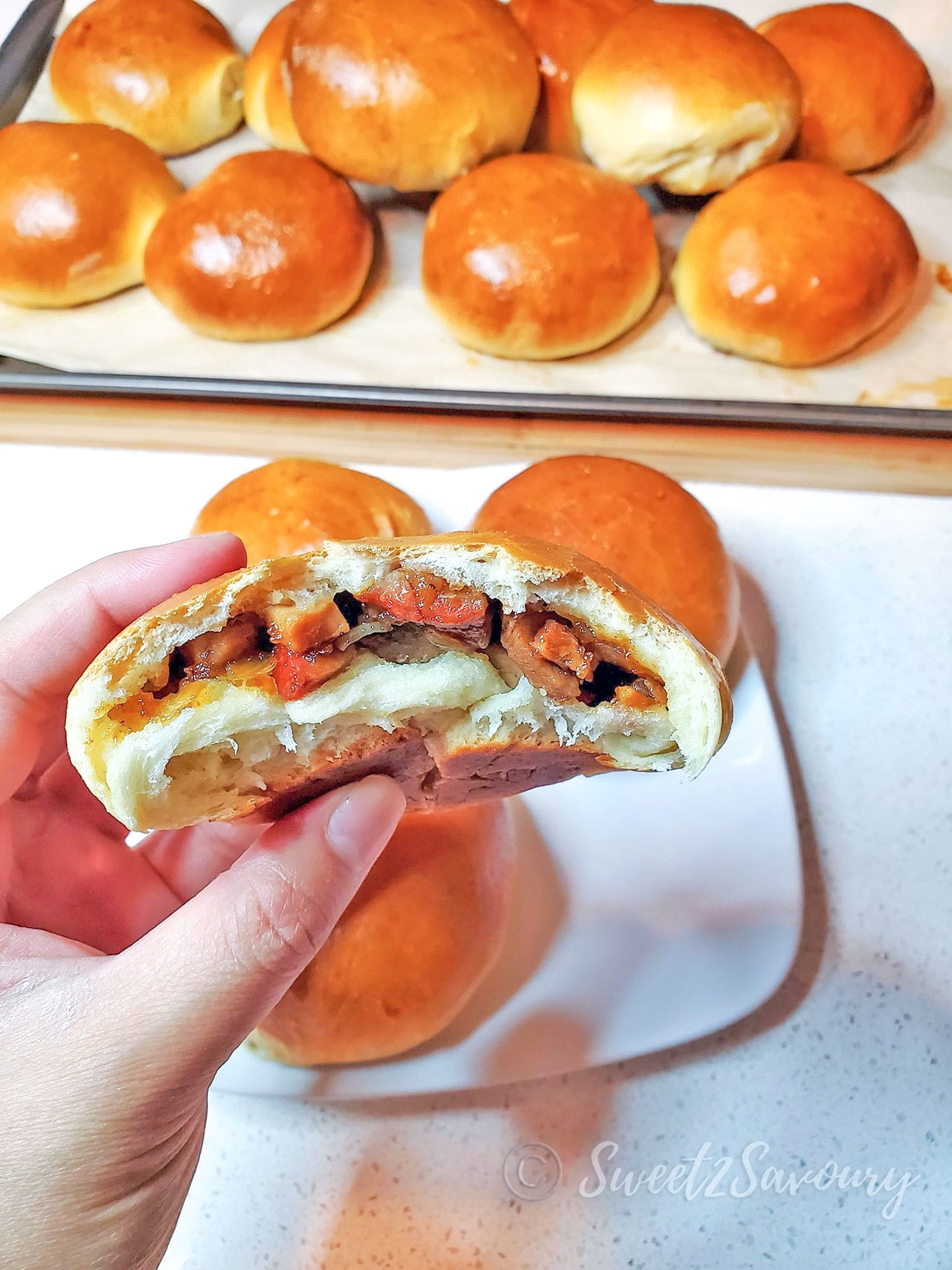

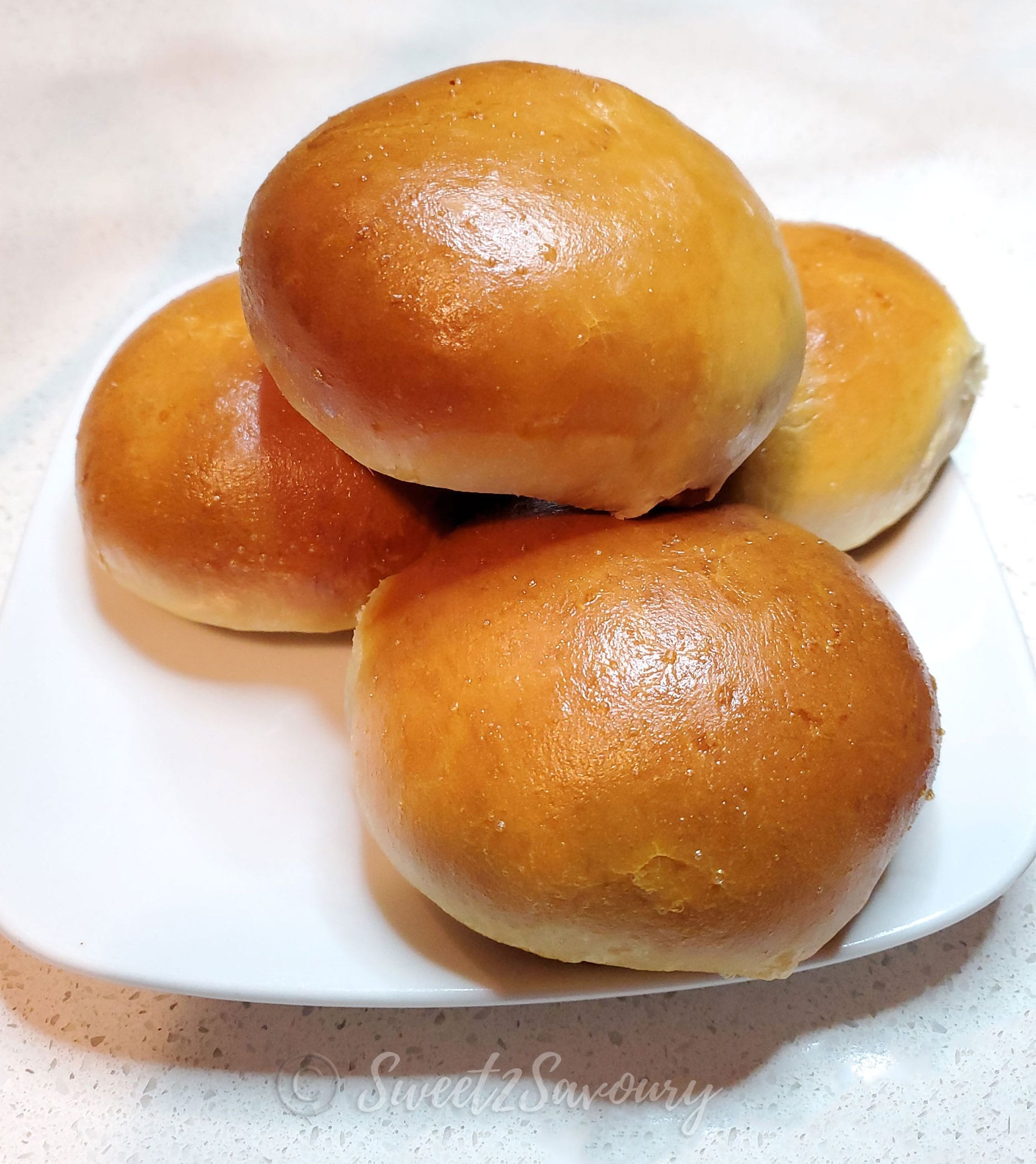
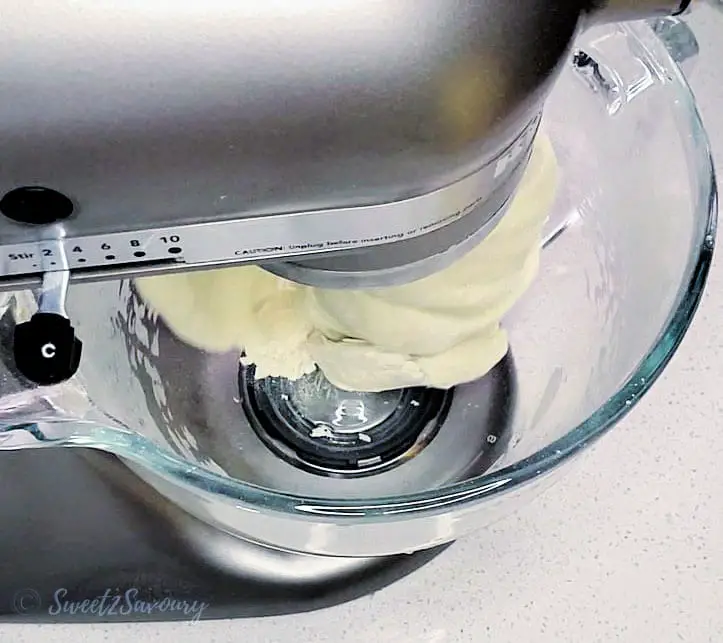
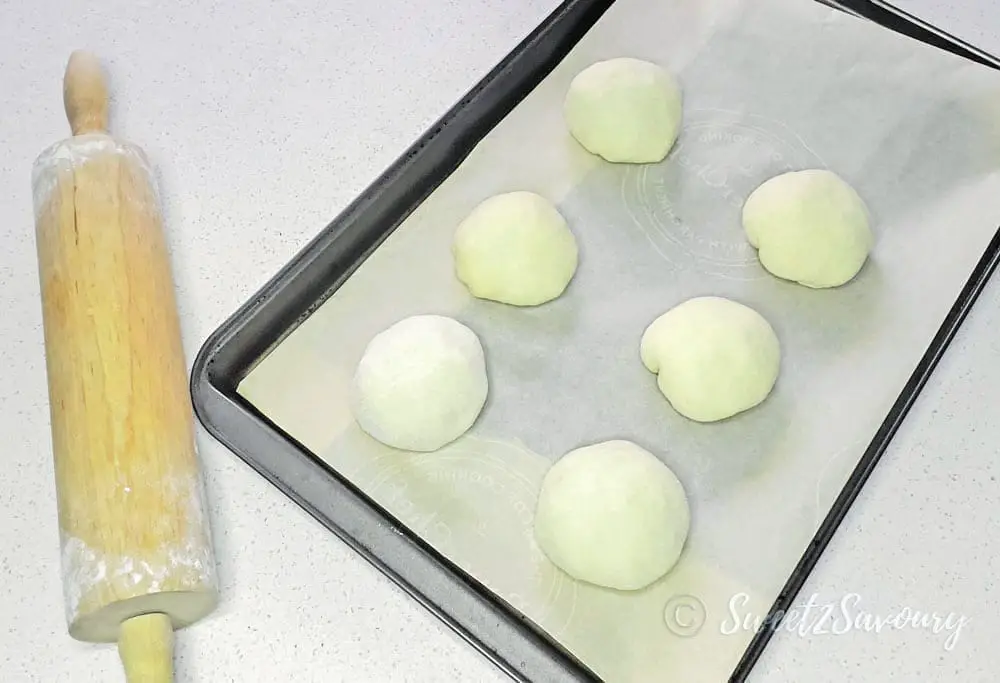
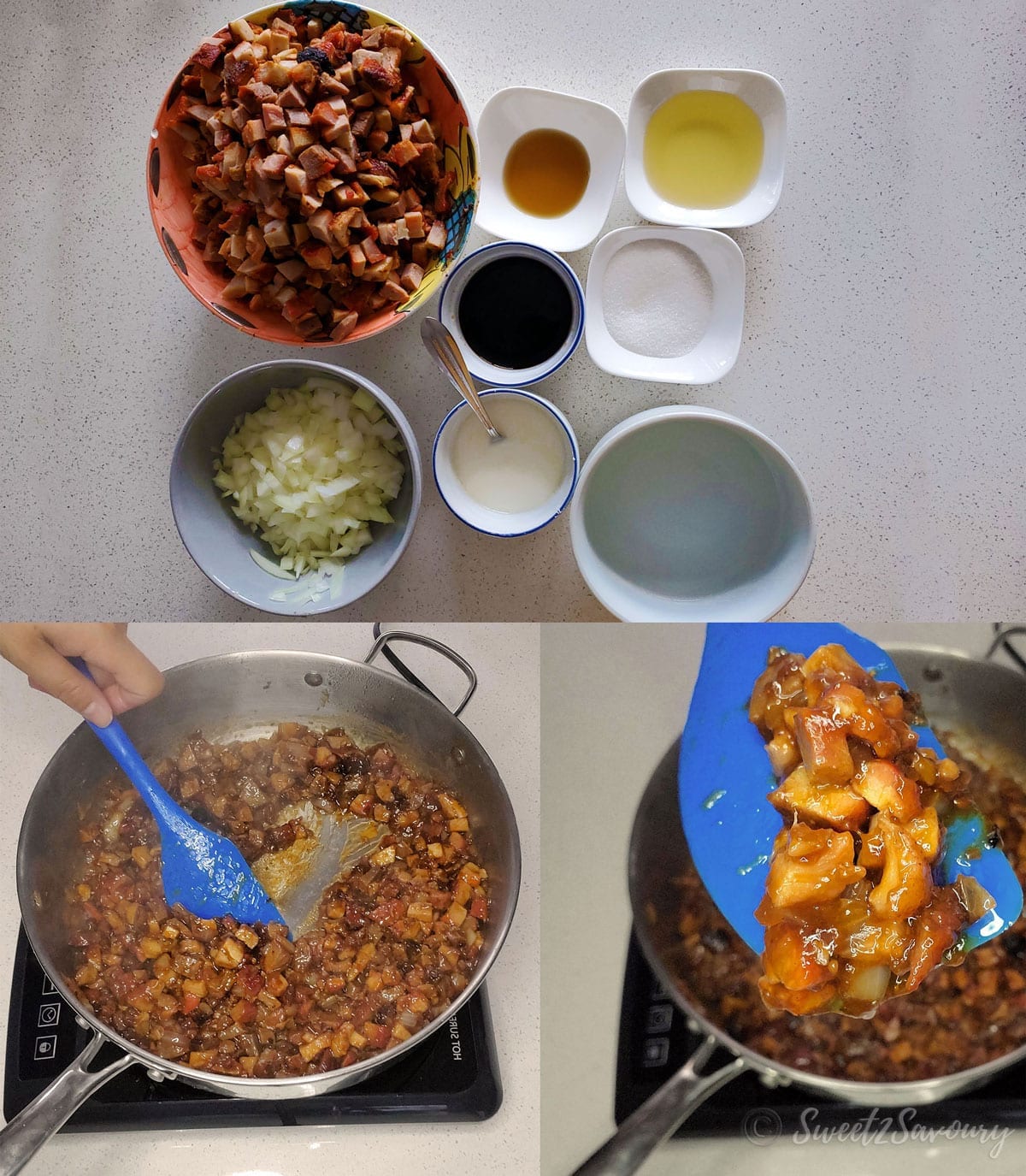
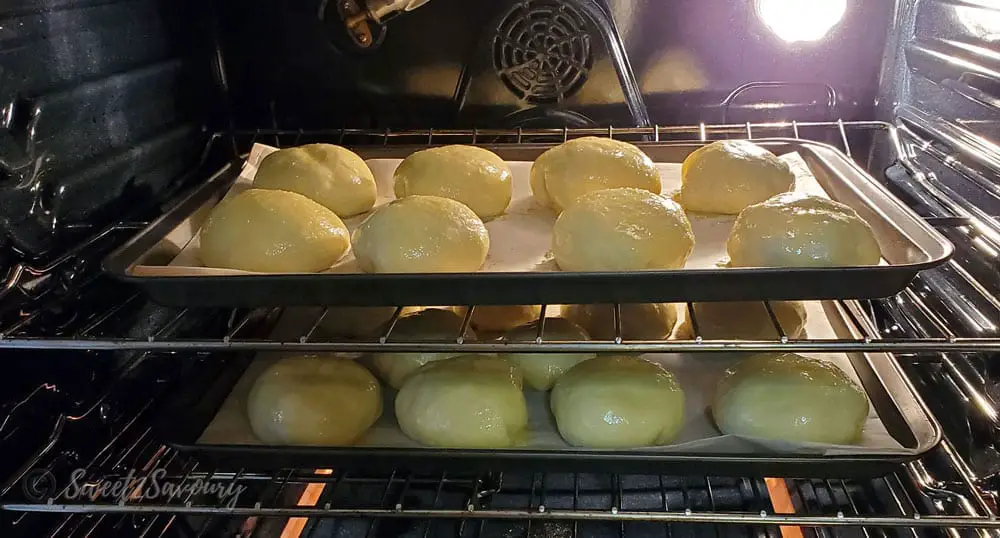

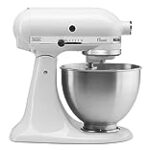
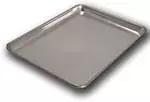
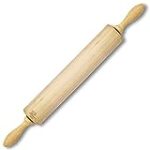

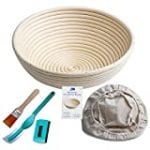
2 comments
OMG loved your BBQ Buns as your filling was more scrumptious and filling vs. Store bought! Youda best sis!
Thanks Sis! 🙂